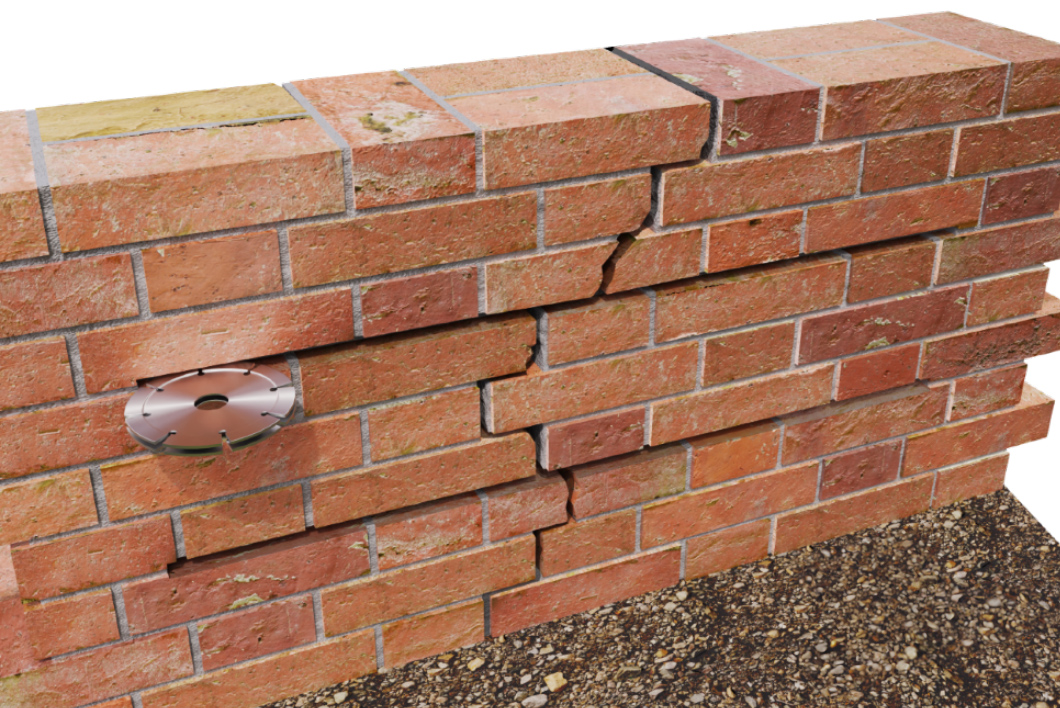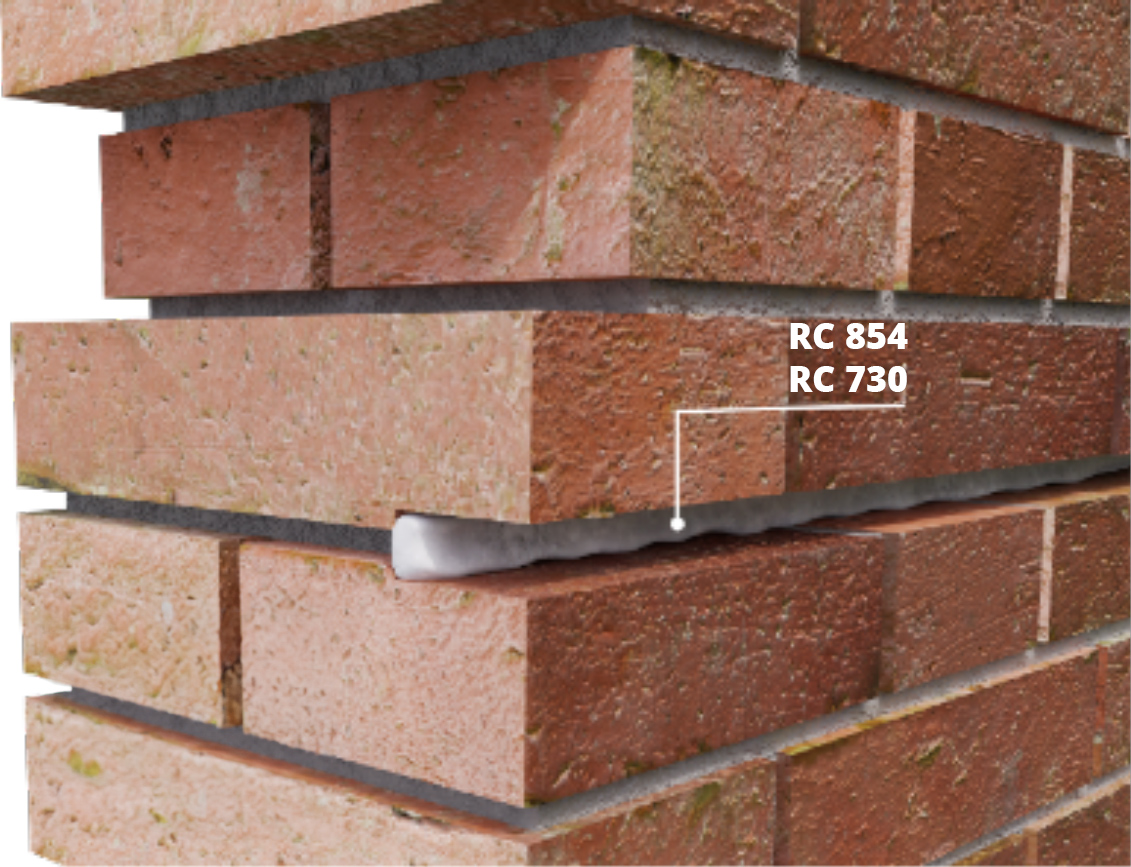Kort samengevat
Cracks in facades can be a disturbing sight for building owners and residents. These cracks can develop as a result of a variety of factors, including structural stresses, temperature changes, soil subsidence, and even poor construction materials. Regardless of the cause, cracks in facades can often compromise the structural integrity of the building and lead to aesthetic problems. Traditionally, cracks in facades are filled with a mortar in combination with metal reinforcements such as spiral anchors.
Fibreglass rods are a better alternative to spiral anchors. First of all, fiberglass rods offer an exceptional level of strength and durability. In contrast to metal reinforcements, fiberglass rods are resistant to corrosion and rust, providing a long-term solution for crack repair. In addition, they are lightweight and slightly flexible, which means that they can adapt to different crack shapes and sizes without compromising the structural integrity of the façade.
Another advantage of crack repair with fiberglass rods is aesthetics. Once the cracks have been repaired and the fiberglass rods are embedded in a reinforced mortar, the façade can be finished to seamlessly blend with the surrounding structure. This maintains the aesthetics of the building without visible traces of repair.
In addition, crack repair with fiberglass rods requires minimal disruption to the surrounding structure during repair. This means less inconvenience for residents and a faster implementation of the recovery process.
How do we proceed to restore the facade?
1. Joint grinding: Every 3-5 joints (+/-240-450mm), the joint is ground to a depth of 35 to 70 mm, with approximately 50 cm on each side of the crack, so 1m wide in total. This length must always be symmetrical to maintain stability.

2. Remove dust: After the joint has been ground out, all dust and loose material are thoroughly removed to ensure good adhesion. This can be done with air pressure or water.

3. First layer filling: The joint is filled with a first layer of approximately 10mm with RC 854, epoxy-based micromortar or RC 730, fibre-reinforced concrete repair mortar. During filling, a fiberglass rod 6mm inserted.

4. Second layer filling: After inserting the fiberglass rod, a second layer of approximately 10mm, RC 854 whether RC 730 applied to completely cover the repair.

5. Add: Finally, the repaired joint is added with RC Astivo or natural hydraulic lime mixed with sand in a ratio of 1:3. This finish ensures that the repaired crack fits seamlessly with the surrounding façade and maintains its aesthetics.



